News:
Brokerage
Posted: February 16, 2016
Executive of the Month: Brown, founding executive director of Flatiron/23rd Street Partnership: Do something great together
New York, NY The NYREJ recently sat down with Jennifer Brown, founding executive director of Flatiron/23rd Street Partnership, for a question and answer session.
Q: It’s Flatiron/23rd Street Partnership’s 10th anniversary in 2016. As its founding executive director, it’s yours, too. Why did you take the position?
A: I love this type of work...economic development at the neighborhood level. This was a neighborhood I didn’t know that much about. At the time the BID was formed, I already had experience in community development in Lower Manhattan after September 11th, and prior to that at the Union Square Partnership. This position came at just the right time – and I was excited to help launch a new BID in an area with so much going for it already, and yet so much potential. When I met the board I felt a real connection – like we could do something great together.
Q: Can you describe the challenges Flatiron faced when the BID was created in 2006?
A: There were already major businesses, amazing buildings, and there was good transportation access. But the district lacked curb appeal, so to speak. Madison Square Park had undergone its renovation several years earlier – it was beautiful and provided much-needed green space for the community. But there was a lot of cleanup to be done around it, and that was the BID’s focus in the early years. The neighborhood needed a steward to take it to the next level.
Q: What were some of the BID’s early successes?
A: The sanitation condition was one of the driving forces behind the BID’s creation. We conducted a comprehensive ComNET (Computerized Neighborhood Environment Tracking) survey to assess the state of the neighborhood. We looked at the litter and graffiti conditions in fall 2006, and used it as a baseline to launch the Clean Streets Program, which made an immediate, palpable impact on the physical environment – like night and day. Safety in the district was also a focus, and in the summer of 2007 we launched the BID Public Safety Program, so uniformed officers with BID logos would be patrolling seven days a week. We also lobbied to increase lighting along 26th St. between Fifth and Madison Aves. to improve safety along the north side of Madison Square Park.
Q: In addition to those vital improvements, what are a few of Flatiron’s biggest changes in the past decade?
A: This is hard to narrow down! While the core commercial base has continued to grow, we’ve also witnessed the neighborhood becoming more mixed-use, with a marked growth in the residential population. More than a half a dozen new hotels have opened, and visitors have increased as a result. The BID’s programs have completely changed the public realm in terms of beautification and streetscape initiatives. Dozens of trees have been planted, thousands of flowers and greenery have been added, lamppost banners, bike racks, benches, and of course, the more than 30,000 s/f of new public space that are the Flatiron Public Plazas. None of that existed in 2006.
Q: Tech and fitness have been recent major trends in Flatiron. What are top trends for 2016?
A: Coworking and incubator businesses have really flourished, and we’re seeing a strong continuation of that trend. Since the beginning of 2014, the district has an additional 340,000 s/f of coworking space. We now have more than two-dozen coworking and incubator office spaces occupying more than 680,000 s/f. These spaces fit in with the tech and creative vibe that was already here. Like-minded companies and individuals want to be near each other.
Q: What words would you use to describe Flatiron’s overall vibe?
A: I probably most use dynamic, vibrant, appealing, and historic. It’s a perfect blend of rich history and 21st Century appeal.
Q: What are some top planned or active developments coming to Flatiron in the next few years?
A: Our Public Plazas have transformed the heart of the district. They were created as temporary spaces with an eye toward making them permanent. From early on, our board leadership had a vision for what these spaces could mean to the area. We’re now working with the city and neighborhood partners on the design for the permanent reconstruction of the Flatiron Plazas and Worth Square. These public spaces have proven to be attractive destinations for visitors and important amenities for those who live and work here. Making them permanent will build on their successes and strengthen their role as the neighborhood’s town squares and public gathering places.
Q: Can you share current stats about Flatiron’s commercial and residential real estate landscape?
A: We currently have 21 million s/f of commercial space in 200 commercial office buildings. There are over 4,500 commercial tenants and 570 ground floor businesses. The residential population continues to grow, with thousands of units created over the past decade, and another 700 residential units planned or in development in the district.
Q: Tell us about a few businesses that have recently opened, and what’s on tap for 2016.
A: Adding to the fitness craze, Mile High Run Club just opened on West 25th St. and Bandier opened on Fifth Ave. in late 2015. Also in 2015, Luke’s Lobster, a fast-casual seafood restaurant, opened its doors at 5 West 25th St., between Broadway and Sixth Ave. The Japanese chain Wagamama, vegan fast casual restaurant By Chloe, and French restaurant Artisanal Fromagerie Bistro have all announced they will open here in 2016. And, owners of the iconic Eleven Madison Park are planning to open a fast-casual restaurant at 6-8 West 28th St.
Q: You were recently appointed to the board of directors of the International Downtown Association (IDA) for a three-year term. Tell us about this organization and your role.
A: The International Downtown Association supports towns, cities, and regions worldwide become healthy and vibrant urban places for people to live and work. The organization facilitates creating community-building partnerships, and provides strategic planning and tools for these communities to thrive. I consider myself a connoisseur of cities, and as such, I’ve loved being a part of the board and having a role in furthering the work of this important organization. I think it’s so relevant for those of us who do this type of work in cities across America and around the world to learn from each other, and to advocate for urban centers. I’m one of many individuals, including several colleagues from New York City, who contribute as board members to support the IDA staff and the organization’s mission.
Tags:
Brokerage
MORE FROM Brokerage
Berger and Koicim of Marcus & Millichap sell 17-unit multi-family for $8.8 million
Manhattan, NY Marcus & Millichap negotiated the sale of 207 E. Fourth St., a 17-unit mixed-use multi-family property the East Village. The asset sold for $8.8 million. “This transaction underscores

Columns and Thought Leadership

Lasting effects of eminent domain on commercial development - by Sebastian Jablonski
The state has the authority to seize all or part of privately owned commercial real estate for public use by the power of eminent domain. Although the state is constitutionally required to provide just compensation to the property owner, it frequently fails to account

Strategic pause - by Shallini Mehra and Chirag Doshi
Many investors are in a period of strategic pause as New York City’s mayoral race approaches. A major inflection point came with the Democratic primary victory of Zohran Mamdani, a staunch tenant advocate, with a progressive housing platform which supports rent freezes for rent

AI comes to public relations, but be cautious, experts say - by Harry Zlokower
Last month Bisnow scheduled the New York AI & Technology cocktail event on commercial real estate, moderated by Tal Kerret, president, Silverstein Properties, and including tech officers from Rudin Management, Silverstein Properties, structural engineering company Thornton Tomasetti and the founder of Overlay Capital Build,

Behind the post: Why reels, stories, and shorts work for CRE (and how to use them) - by Kimberly Zar Bloorian
Let’s be real: if you’re still only posting photos of properties, you’re missing out. Reels, Stories, and Shorts are where attention lives, and in commercial real estate, attention is currency.


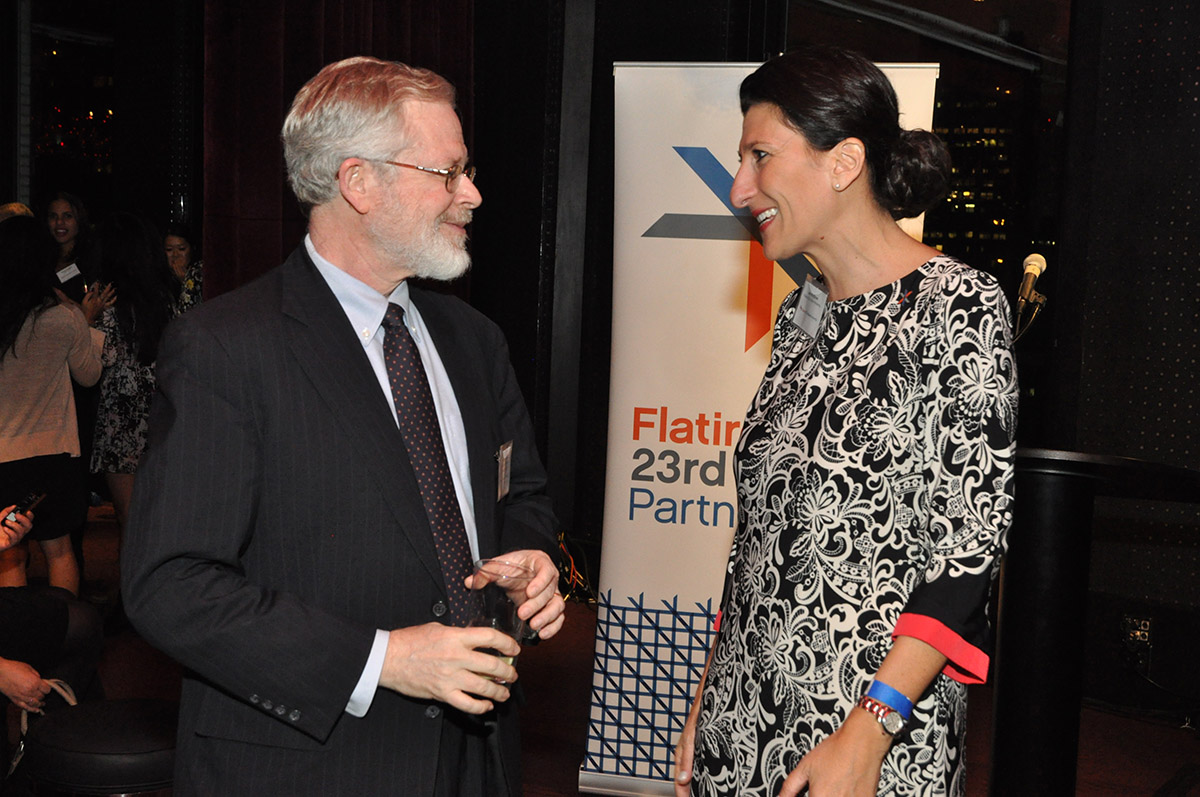
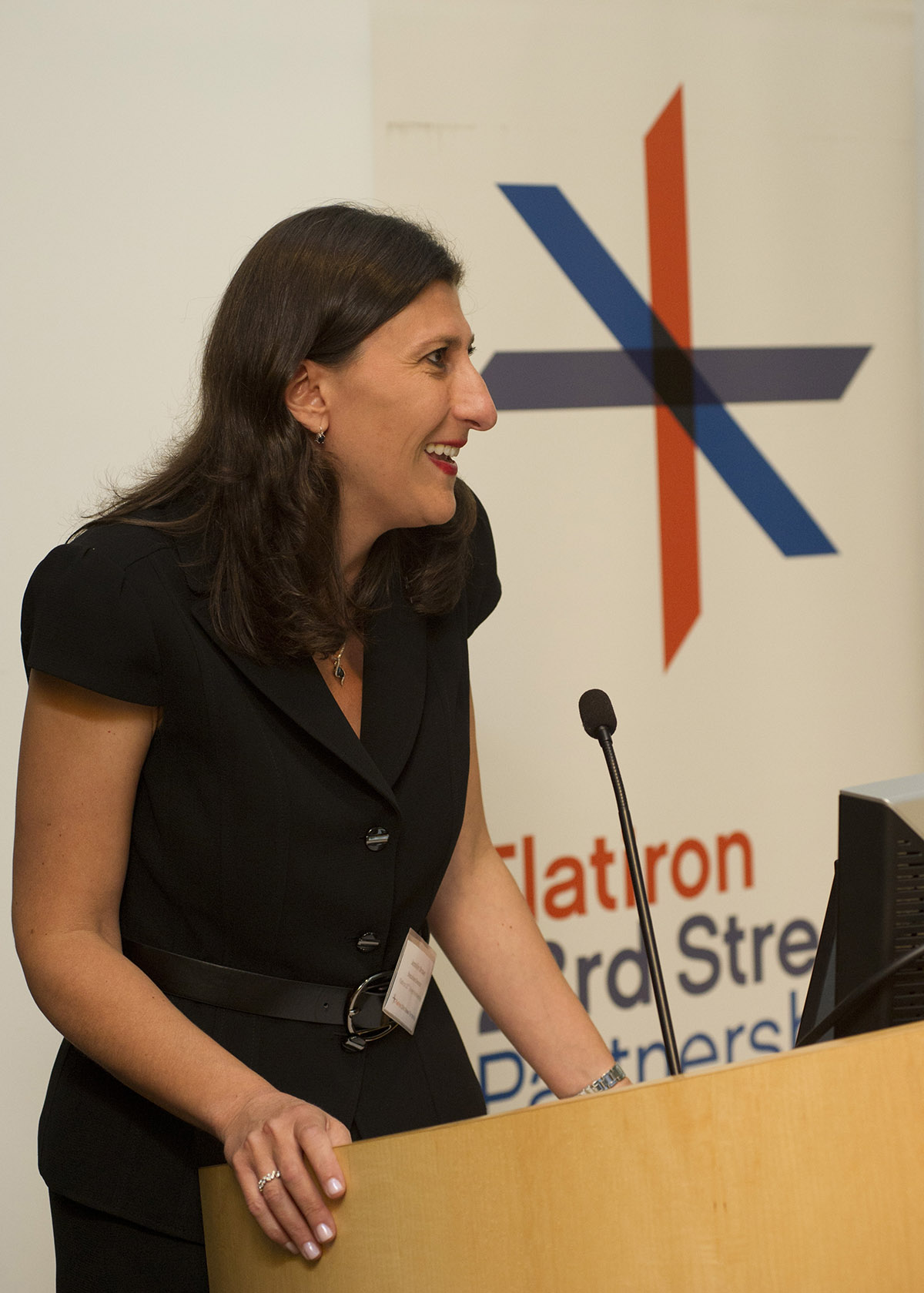
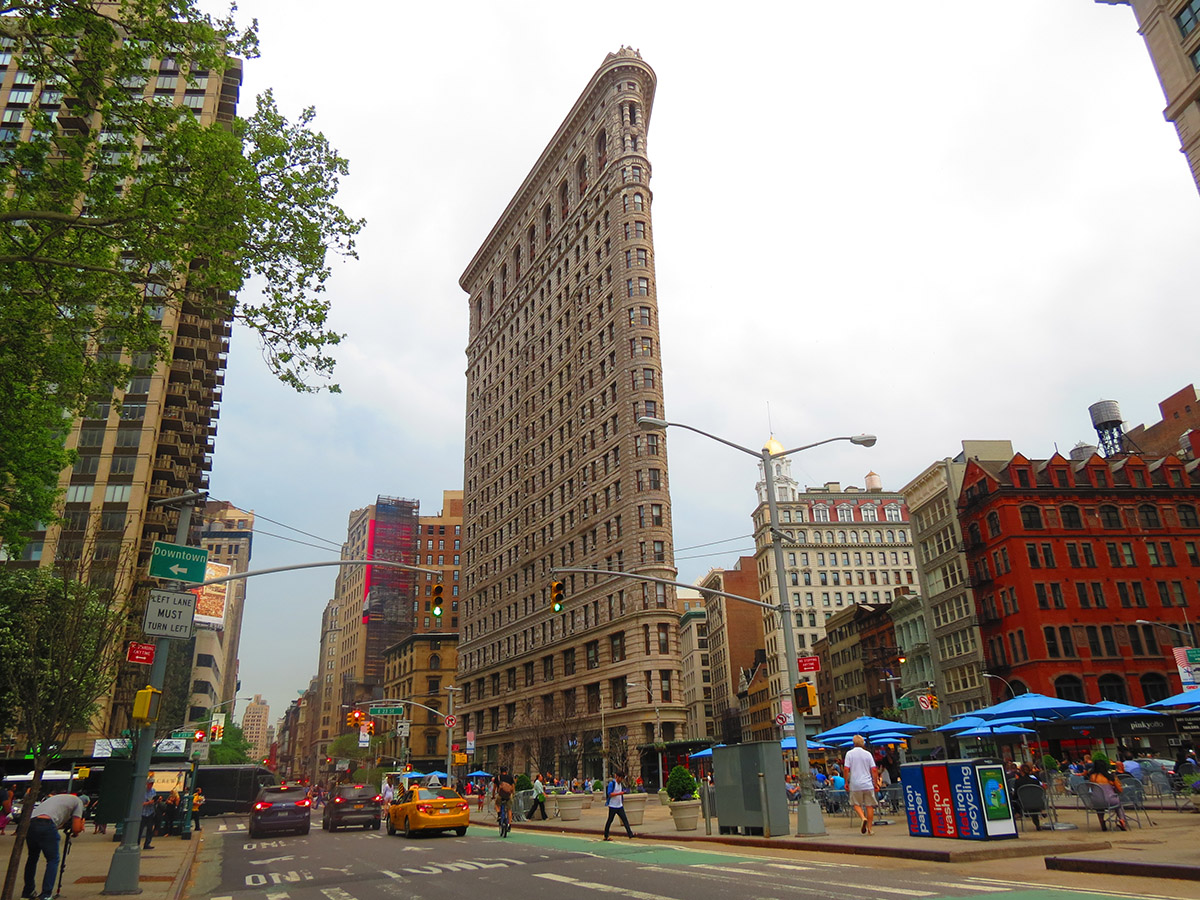
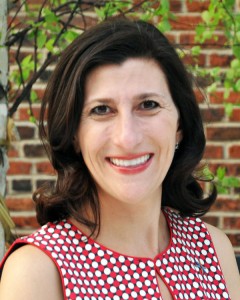


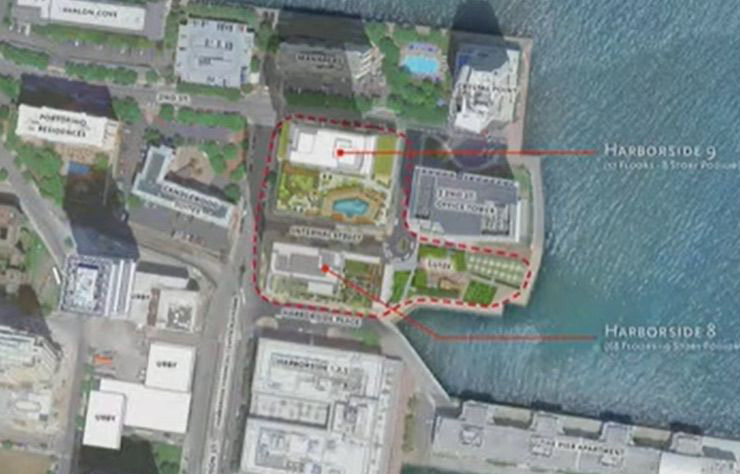
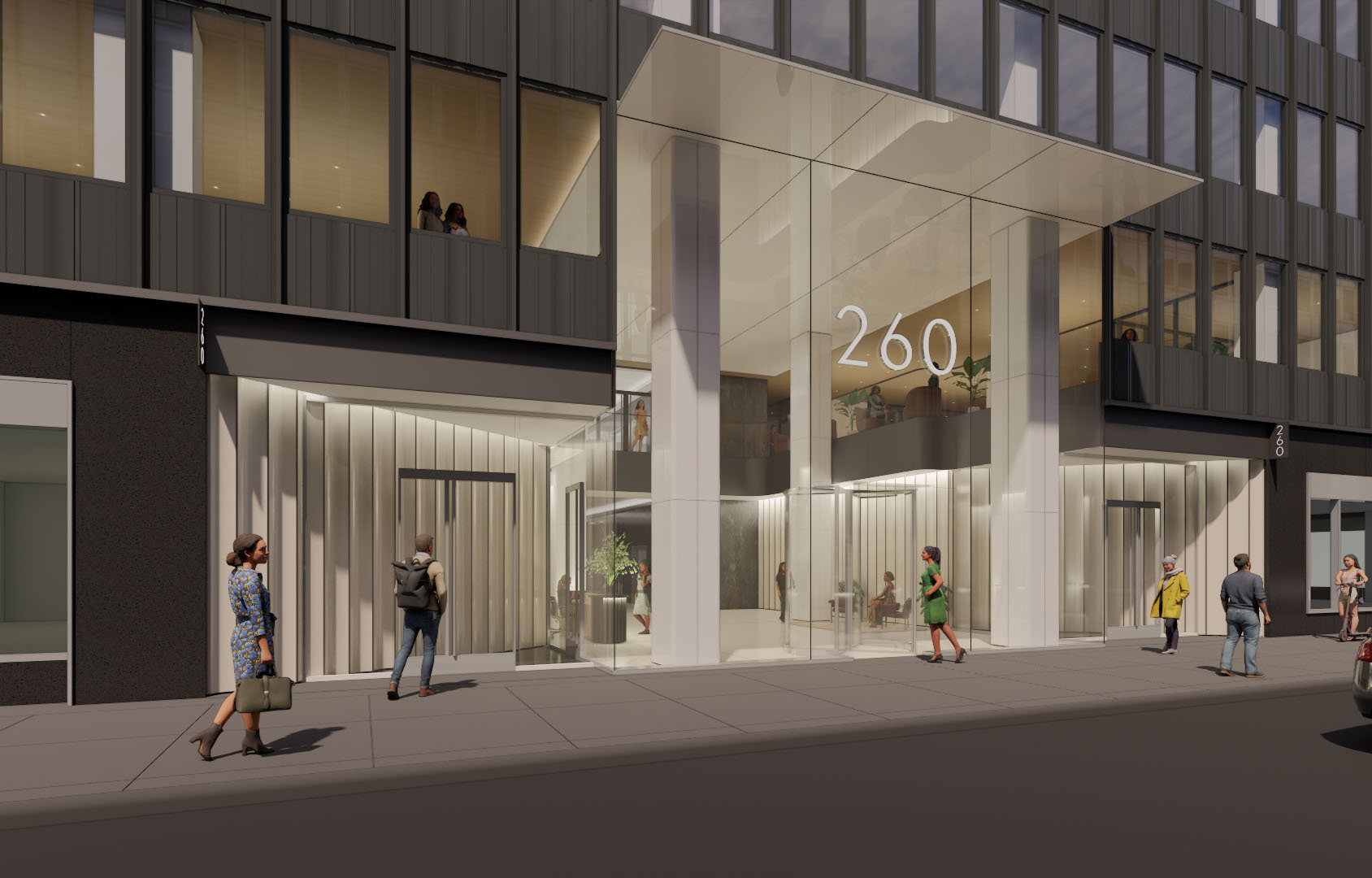
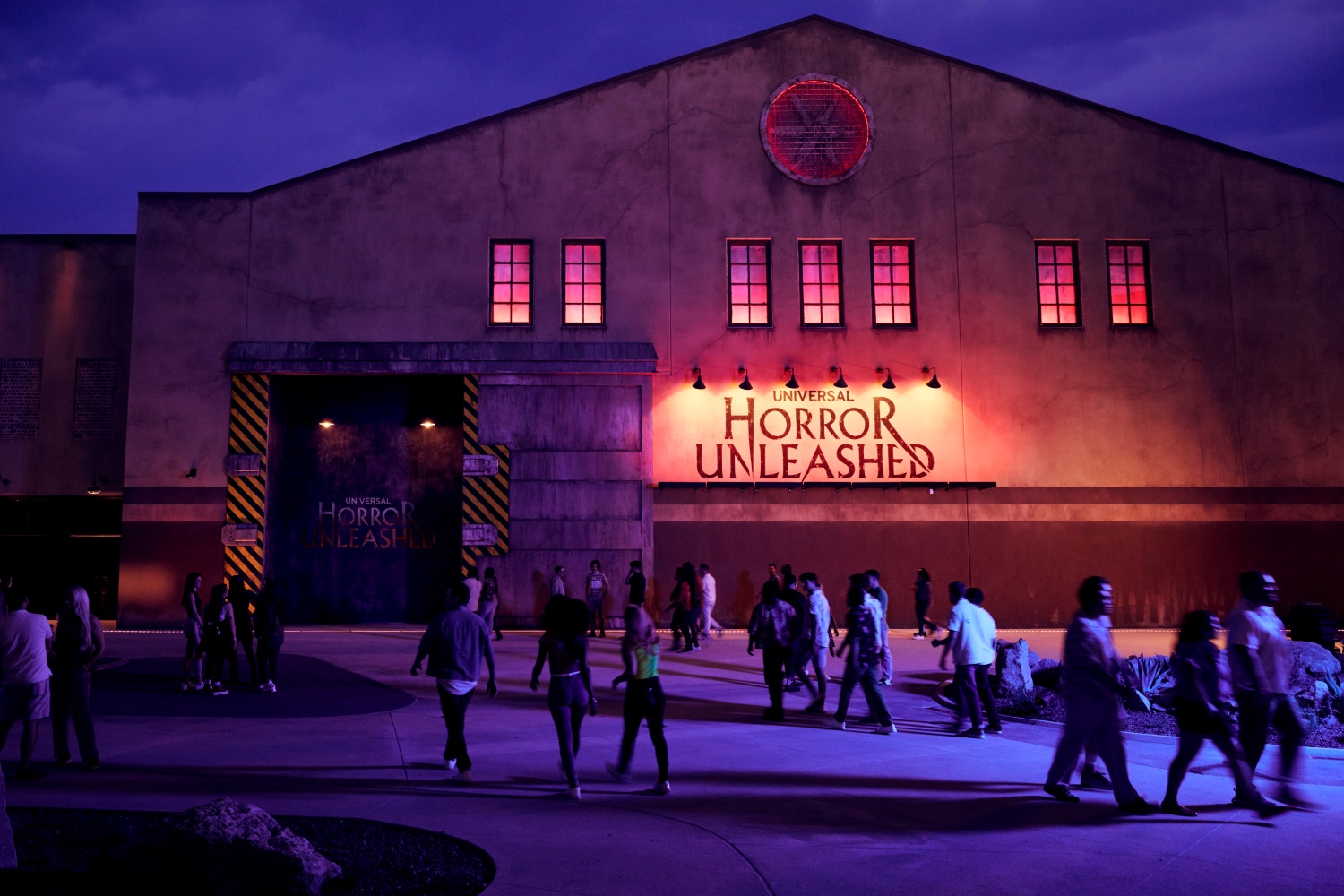

.jpg)
.gif)
.gif)